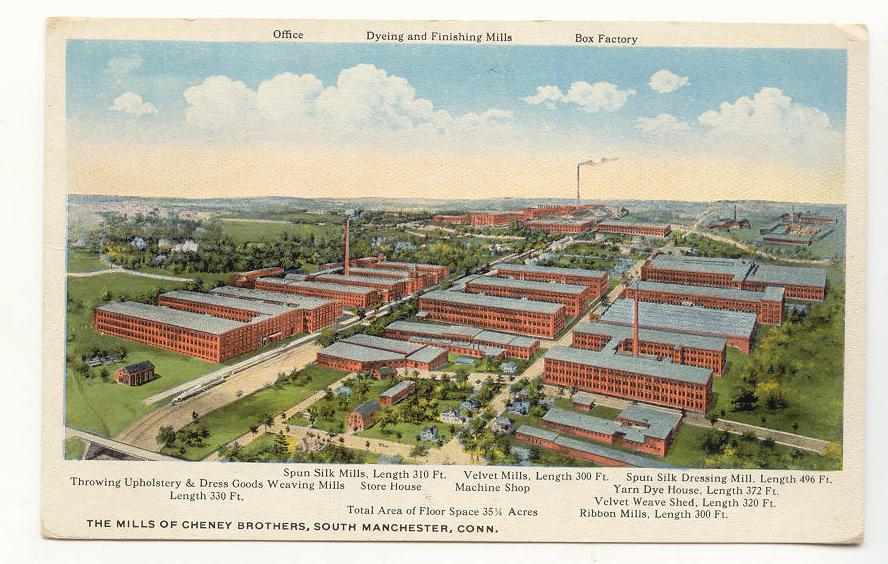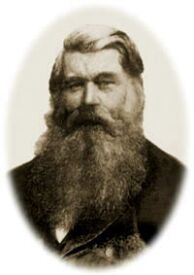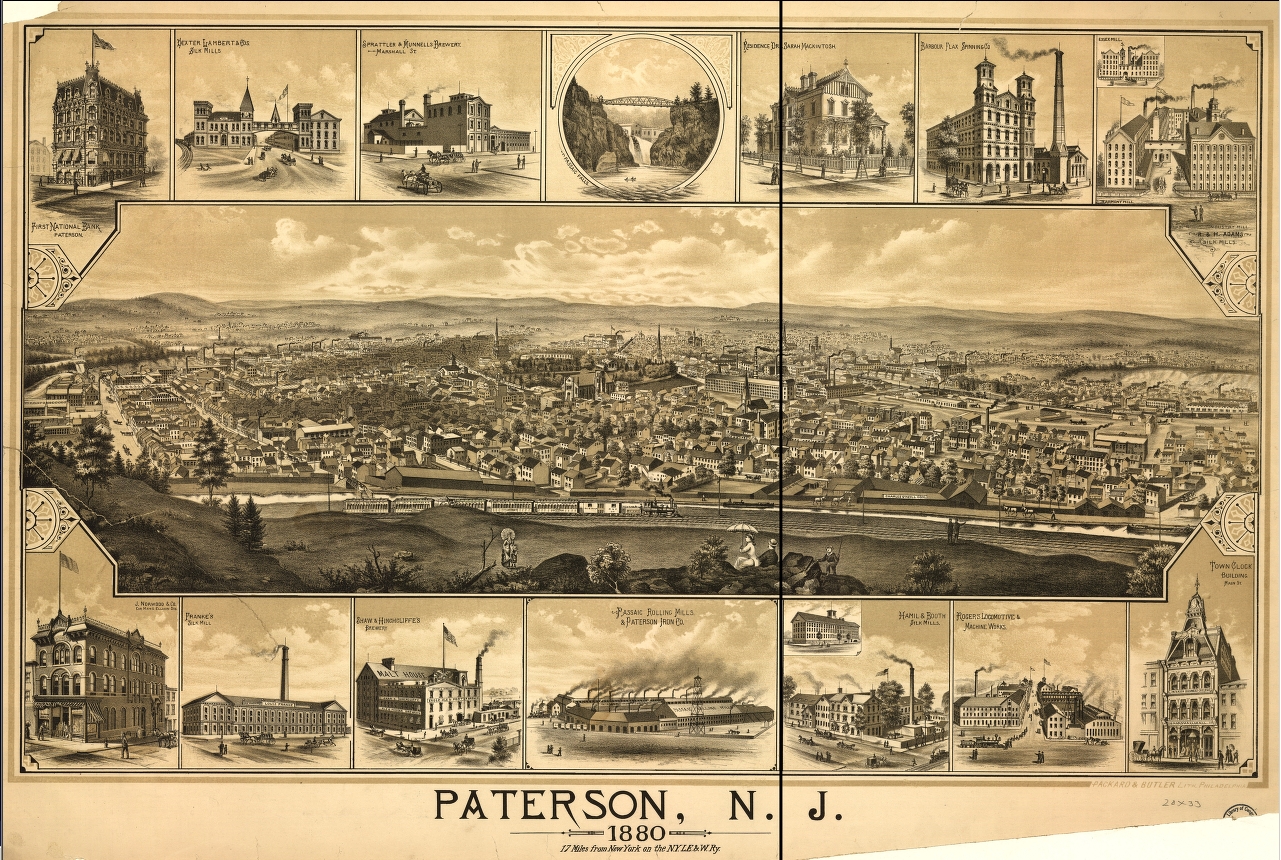|
Silk Mills
A silk mill is a factory that makes silk for garments using a process called silk throwing. Traditionally, silk mills were concentrated in Japan, England, New Jersey, Pennsylvania, Italy and Switzerland. The silk throwing process Silk is a naturally produced fibre obtained from many species of the silk moth. In 1700 the favoured silk was produced by a moth (Bombyx mori), that spun a cocoon to protect the larvae. The larvae fed on mulberry leaves grown in Italy. Silk fibres from the Bombyx mori silkworm have a triangular cross section with rounded corners, 5–10 μm wide. The silk is a protein, fibroin, that was cemented in place by the use of gum, another protein, sericin. The cocoons were harvested and placed in troughs of hot water to dissolve the gum and allowed the single thread to be wound into a skein. The skeins were placed into bales and taken to the mill for processing. Three sorts of yarn could be produced: ''no-twist'' which was suitable for weft, ''tram'' that ha ... [...More Info...] [...Related Items...] OR: [Wikipedia] [Google] [Baidu] |
Macclesfield
Macclesfield is a market town and civil parish in the unitary authority of Cheshire East in Cheshire, England. It is located on the River Bollin in the east of the county, on the edge of the Cheshire Plain, with Macclesfield Forest to its east; it is south of Manchester and east of Chester. Before the Norman Conquest, Macclesfield was held by Edwin, Earl of Mercia and was assessed at £8. The manor is recorded in the ''Domesday Book'' as "Maclesfeld", meaning "Maccel's open country". The medieval town grew up on the hilltop around what is now St Michael's Church. It was granted a charter by Edward I in 1261, before he became king. Macclesfield Grammar School was founded in 1502. The town had a silk-button industry from at least the middle of the 17th century and became a major silk-manufacturing centre from the mid-18th century. The Macclesfield Canal was constructed in 1826–31. Hovis breadmakers were another Victorian employer. Modern industries include pharmace ... [...More Info...] [...Related Items...] OR: [Wikipedia] [Google] [Baidu] |
Nylon
Nylon is a generic designation for a family of synthetic polymers composed of polyamides ( repeating units linked by amide links).The polyamides may be aliphatic or semi-aromatic. Nylon is a silk-like thermoplastic, generally made from petroleum, that can be melt-processed into fibers, films, or shapes. Nylon polymers can be mixed with a wide variety of additives to achieve many property variations. Nylon polymers have found significant commercial applications in fabric and fibers (apparel, flooring and rubber reinforcement), in shapes (molded parts for cars, electrical equipment, etc.), and in films (mostly for food packaging). History DuPont and the invention of nylon Researchers at DuPont began developing cellulose based fibers, culminating in the synthetic fiber rayon. DuPont's experience with rayon was an important precursor to its development and marketing of nylon. DuPont's invention of nylon spanned an eleven-year period, ranging from the initial research pr ... [...More Info...] [...Related Items...] OR: [Wikipedia] [Google] [Baidu] |
Synthetic Fiber
Synthetic fibers or synthetic fibres (in British English; see spelling differences) are fibers made by humans through chemical synthesis, as opposed to natural fibers that are directly derived from living organisms, such as plants (like cotton) or fur from animals. They are the result of extensive research by scientists to replicate naturally occurring animal and plant fibers. In general, synthetic fibers are created by extruding fiber-forming materials through spinnerets, forming a fiber. These are called synthetic or artificial fibers. The word polymer comes from a Greek prefix "poly" which means "many" and suffix "mer" which means "single units". (Note: each single unit of a polymer is called a monomer). Early experiments The first fully synthetic fiber was glass. Joseph Swan invented one of the first artificial fibers in the early 1880s; today it would be called semisynthetic in precise usage. His fiber was drawn from a cellulose liquid, formed by chemically modifying th ... [...More Info...] [...Related Items...] OR: [Wikipedia] [Google] [Baidu] |
World War II
World War II or the Second World War, often abbreviated as WWII or WW2, was a world war that lasted from 1939 to 1945. It involved the vast majority of the world's countries—including all of the great powers—forming two opposing military alliances: the Allies and the Axis powers. World War II was a total war that directly involved more than 100 million personnel from more than 30 countries. The major participants in the war threw their entire economic, industrial, and scientific capabilities behind the war effort, blurring the distinction between civilian and military resources. Aircraft played a major role in the conflict, enabling the strategic bombing of population centres and deploying the only two nuclear weapons ever used in war. World War II was by far the deadliest conflict in human history; it resulted in 70 to 85 million fatalities, mostly among civilians. Tens of millions died due to genocides (including the Holocaust), starvation, ma ... [...More Info...] [...Related Items...] OR: [Wikipedia] [Google] [Baidu] |
Paterson, New Jersey
Paterson ( ) is the largest City (New Jersey), city in and the county seat of Passaic County, New Jersey, Passaic County, in the U.S. state of New Jersey.New Jersey County Map New Jersey Department of State. Accessed July 10, 2017. As of the 2020 United States census, its population was 159,732, rendering it New Jersey's List of municipalities in New Jersey, third-most-populous city. The United States Census Bureau, Census Bureau's Population Estimates Program calculated that the city's population was 157,794 in 2021, ranking the city as the List of United States cities by population, 163rd-most-populous in the country. Paterson is known as the Silk City for its dominant role in silk production during the latter half of the 19th century.Thoma ... [...More Info...] [...Related Items...] OR: [Wikipedia] [Google] [Baidu] |
Holyoke
Holyoke is a city in Hampden County, Massachusetts, United States, that lies between the western bank of the Connecticut River and the Mount Tom Range. As of the 2020 census, the city had a population of 38,238. Located north of Springfield, Holyoke is part of the Springfield Metropolitan Area, one of the two distinct metropolitan areas in Massachusetts. Holyoke is among the early planned industrial cities in the United States. Built in tandem with the Holyoke Dam to utilize the water power of Hadley Falls, it is one of a handful of cities in New England built on the grid plan. During the late 19th century the city produced an estimated 80% of the writing paper used in the United States and was home to the largest paper mill architectural firm in the country, as well as the largest paper, silk, and alpaca wool mills in the world. Although a considerably smaller number of businesses in Holyoke work in the paper industry today, it is still commonly referred to as "The Paper ... [...More Info...] [...Related Items...] OR: [Wikipedia] [Google] [Baidu] |
William Skinner (manufacturer)
William Skinner may refer to: * William Skinner (MP) (1596–1627), MP for Great Grimsby, 1626 *William Skinner (British Army officer) (1700–1780), British military engineer * William Skinner (North Carolina general) (1728–1798), general in the North Carolina militia during the American Revolution *William Skinner (bishop) (1778–1857), bishop of Aberdeen in the Scottish Episcopal Church * William Skinner (ethnographer) (1857–1946), New Zealand surveyor, historian, and ethnographer * William I. Skinner (1812–1891), American politician from New York *G. William Skinner George William Skinner (; February 14, 1925 – October 26, 2008) was an American anthropologist and scholar of China. Skinner was a proponent of the spatial approach to Chinese history, as explained in his Presidential Address to the Associat ... (1925–2008), American anthropologist and scholar of China * William W. Skinner (1874–1953), American chemist, conservationist, and college football coach * ... [...More Info...] [...Related Items...] OR: [Wikipedia] [Google] [Baidu] |
Williamsburg, Massachusetts
Williamsburg is a town in Hampshire County, Massachusetts, United States. The population was 2,504 at the 2020 census. It is part of the Springfield, Massachusetts Metropolitan Statistical Area. History The area was first settled in 1735 and was officially incorporated in 1771. In addition to the main village of Williamsburg near the center of town, the town includes the villages of Haydenville and Searsville. Haydenville is now recognized by the Haydenville Historic District. The Mill River flows southeast from Williamsburg village, where the East and West branches join, through Haydenville and into Northampton, on its way to the Connecticut River. Searsville (+42° 24' 00.00", −72° 43' 58.00) is referenced three times in the 1904 book ''Hampshire County History'' on the highway between Williamsburg and Goshen approximately one mile above the center of the village, is the settlement of Searsville. In 1795, Rufus Hyde moved his blacksmith shop down from Meetinghouse Hill ... [...More Info...] [...Related Items...] OR: [Wikipedia] [Google] [Baidu] |
Northampton, Massachusetts
The city of Northampton is the county seat of Hampshire County, Massachusetts, United States. As of the 2020 census, the population of Northampton (including its outer villages, Florence and Leeds) was 29,571. Northampton is known as an academic, artistic, musical, and countercultural hub. It features a large politically liberal community along with numerous alternative health and intellectual organizations. Based on U.S. Census demographics, election returns, and other criteria, the website Epodunk rates Northampton as the most politically liberal medium-size city (population 25,000–99,000) in the United States. The city has a high proportion of residents who identify as gay and lesbian and a high number of same-sex households and is a popular destination for the LGBT community. Northampton is part of the Pioneer Valley and is one of the northernmost cities in the Knowledge Corridor—a cross-state cultural and economic partnership with other Connecticut River Valley citie ... [...More Info...] [...Related Items...] OR: [Wikipedia] [Google] [Baidu] |
Mulberry Tree
''Morus'', a genus of flowering plants in the family Moraceae, consists of diverse species of deciduous trees commonly known as mulberries, growing wild and under cultivation in many temperate world regions. Generally, the genus has 64 identified species, three of which are well-known and are ostensibly named for the fruit color of the best-known cultivar: white, red, and black mulberry (''Morus alba'', '' M. rubra'', and '' M. nigra'', respectively), with numerous cultivars. ''M. alba'' is native to South Asia, but is widely distributed across Europe, Southern Africa, South America, and North America. ''M. alba'' is also the species most preferred by the silkworm, and is regarded as an invasive species in Brazil and the United States. The closely related genus ''Broussonetia'' is also commonly known as mulberry, notably the paper mulberry (''Broussonetia papyrifera''). Description Mulberries are fast-growing when young, and can grow to tall. The leaves ar ... [...More Info...] [...Related Items...] OR: [Wikipedia] [Google] [Baidu] |
Cheney Brothers Historic District
The Cheney Brothers Historic District was a center of the silk industry in Manchester, Connecticut, in the late 19th and early 20th century. The district includes over 275 mill buildings, workers houses, churches, schools and Cheney family mansions. These structures represent the well-preserved company town of the Cheney Brothers silk manufacturing company, the first America-based silk company to properly raise and process silkworms, and to develop the difficult techniques of spinning and weaving silk. The area was declared a National Historic Landmark in 1978. Description and history The Cheney Brothers district encompasses a area of South Manchester, bounded roughly on the south by Interstate 384 on the west by Fairfield Avenue, on the north by West, High, Laurel, Forest, and Eldridge Streets, and on the east by Chestnut and Spruce Streets. The centerpiece of the district is a collection of sixteen surviving mill buildings, which mostly front on Pine and Elm Streets. These ar ... [...More Info...] [...Related Items...] OR: [Wikipedia] [Google] [Baidu] |





.jpg)
_(NYPL_b12610608-421421).jpg)
